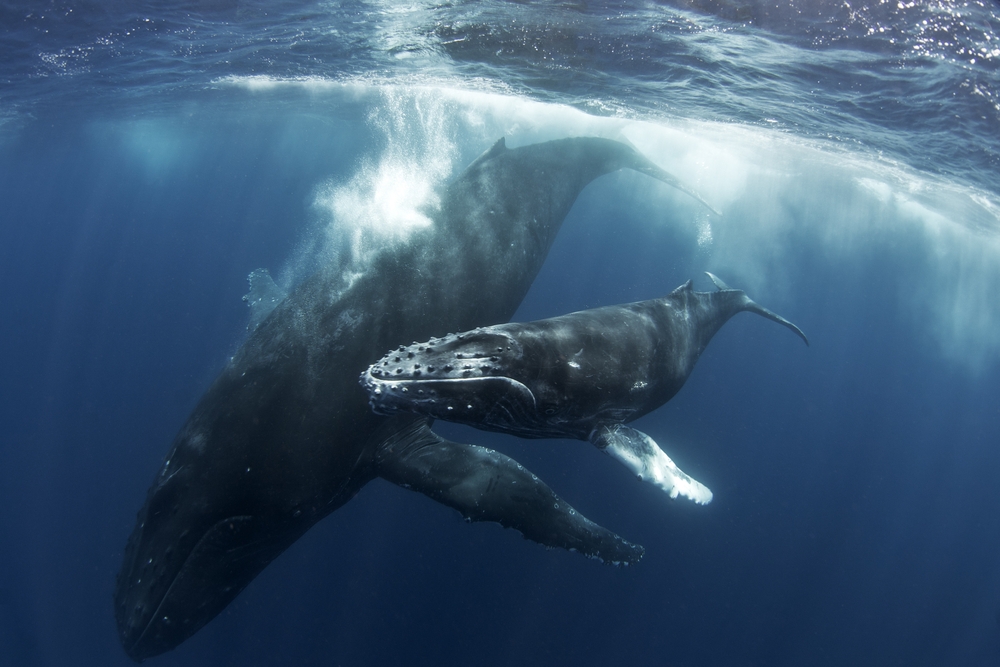Decoding Whale Song: A New Frontier in Animal Communication
In the vast expanse of the world's oceans, a complex language is being spoken. For centuries, this language has been a subject of intrigue and speculation among scientists and animal enthusiasts alike. This is the language of whales, a form of communication that is as fascinating as it is mysterious.

A Historical Perspective on Whale Communication
The study of whale communication started in earnest during the mid-20th century, when researchers first began recording and analyzing the sounds made by these marine giants. They discovered that whales use a variety of vocalizations, including clicks, whistles, and the famous whale song. The latter, a long, complex sequence of sounds, is particularly intriguing, as it is unique to each individual and can be heard over great distances.
The Latest Discoveries in Whale Song Research
In recent years, advancements in technology have allowed scientists to delve deeper into the intricacies of whale communication. New findings suggest that whale songs are not merely random sounds, but rather a means of conveying complex information. For instance, researchers have discovered that humpback whales use song to share information about food sources and potential threats. Additionally, there’s evidence that whale song plays a crucial role in mating rituals, with males using their unique songs to attract females.
The Economic Impact of Whale Communication Studies
Understanding the language of whales is not just a scientific endeavor—it also has potential economic implications. For instance, improved knowledge of whale communication can aid in the development of more effective conservation strategies, which in turn can benefit industries like eco-tourism. Moreover, insights into the sophisticated communication methods of whales can inspire advancements in human communication technology, potentially leading to significant economic gains.
The Future of Whale Communication Research
With each new discovery, the language of whales becomes less of a mystery and more of a testament to the remarkable cognitive abilities of these creatures. Yet, there is still much to learn. Future research will undoubtedly continue to unearth fascinating insights into the world of whale communication, further bridging the gap between humans and these majestic marine dwellers.
In conclusion, the study of whale communication offers a unique window into the lives of one of the world’s most remarkable creatures. As we continue to decode the language of whales, we not only deepen our understanding of these marine giants, but also reaffirm our commitment to their preservation and the protection of the world’s oceans.




